Trees for Missouri & Kansas
slimwhitman
13 years ago
Related Stories
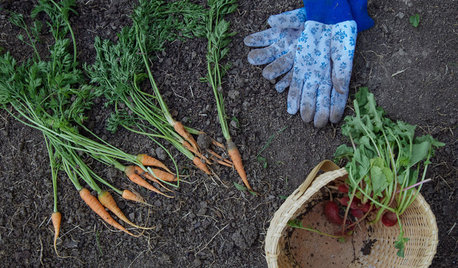
FARM YOUR YARDMy Houzz: Backyard Farming for a Kansas City Family
A backyard garden provides a family of 5 with organic seasonal produce. Here's how they do it
Full Story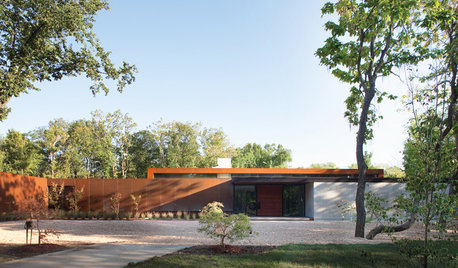
MODERN HOMESHouzz Tour: Heavy Metal Rocks a Modern Missouri Home
Steel shows up all over this single-level family home, but wood and other textures warm the look
Full Story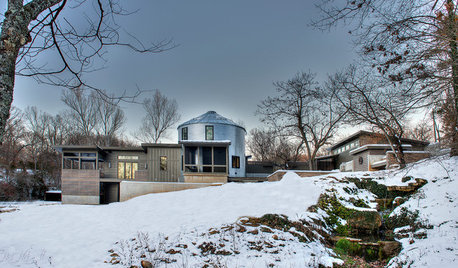
INDUSTRIAL STYLEHouzz Tour: Going Against the Grain in a Missouri Silo
See how a creative couple turned a metal grain bin into a most unusual container for living
Full Story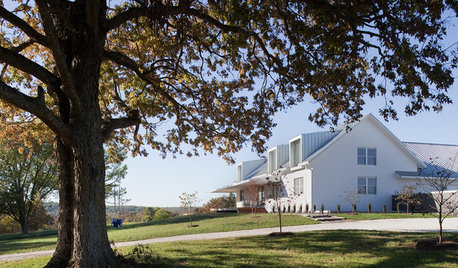
HOUZZ TOURSHouzz Tour: Traditional Meets Modern in a Missouri Farmhouse
Don't be fooled by the gable form. This spacious home on 3 acres has many modern surprises up its sleeve
Full Story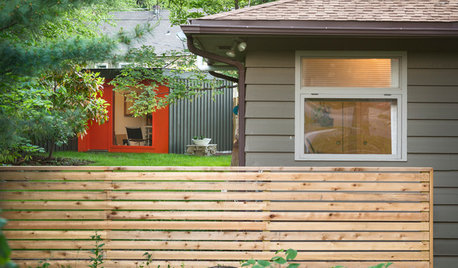
OUTBUILDINGSShed of the Week: In Kansas, an Architect’s Modern Home Studio
This backyard outbuilding used for work is designed for privacy, comfort and utility
Full Story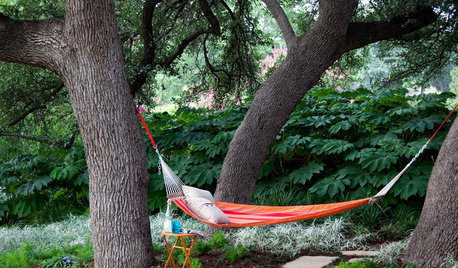
GARDENING GUIDES8 Essential Native Shade Trees for the U.S. Southeast
These beauties provide cool shade in the summer and easily withstand the heat and humidity of the South
Full Story
LOFTSRoom of the Day: Loft Becomes a Home Away From Home
The living area of this Kansas City loft doubles as an overflow space for guests and is part of a weekend retreat for the homeowners
Full Story
SIDE YARD IDEASNarrow Trees for Tight Garden Spaces
Boost interest in a side yard or another space-challenged area with the fragrance and color of these columnar trees
Full Story
ARBOR DAY8 Reasons to Plant a Great Tree
Beauty is its own reward, but the benefits of planting the right tree in the right place go way beyond looks
Full Story
LANDSCAPE DESIGNFlood-Tolerant Native Trees for Soggy Soil
Swampy sites, floodplains, even standing water ... if you've got a soggy landscape, these trees are for you
Full StoryMore Discussions









Dan _Staley (5b Sunset 2B AHS 7)
slimwhitmanOriginal Author
Related Professionals
North New Hyde Park Landscape Architects & Landscape Designers · Waunakee Landscape Architects & Landscape Designers · Belvedere Park Landscape Contractors · Little Ferry Landscape Contractors · Lyndhurst Landscape Contractors · Mashpee Landscape Contractors · Pleasanton Landscape Contractors · Eastlake Landscape Contractors · Maplewood Landscape Contractors · Camp Springs Landscape Contractors · Independence Siding & Exteriors · Alvin Decks, Patios & Outdoor Enclosures · Chicago Decks, Patios & Outdoor Enclosures · Marlboro Decks, Patios & Outdoor Enclosures · Truckee Decks, Patios & Outdoor Enclosurescacau
slimwhitmanOriginal Author
Dan _Staley (5b Sunset 2B AHS 7)
arktrees
cacau
Dan _Staley (5b Sunset 2B AHS 7)
cacau
Dan _Staley (5b Sunset 2B AHS 7)
brian_zn_5_ks
Dan _Staley (5b Sunset 2B AHS 7)
slimwhitmanOriginal Author
Dan _Staley (5b Sunset 2B AHS 7)
terri_ks
whaas_5a
slimwhitmanOriginal Author
terri_ks
Toronado3800 Zone 6 St Louis
terri_ks
slimwhitmanOriginal Author